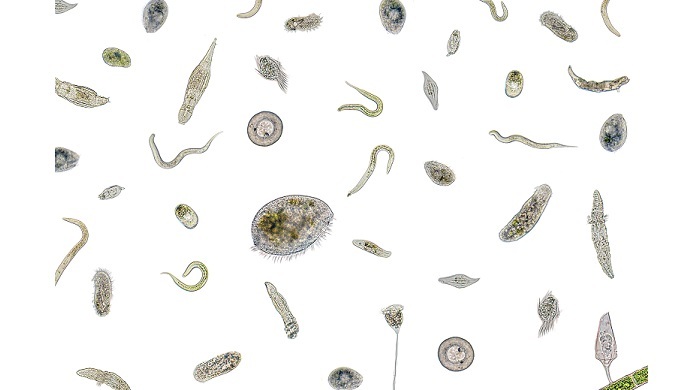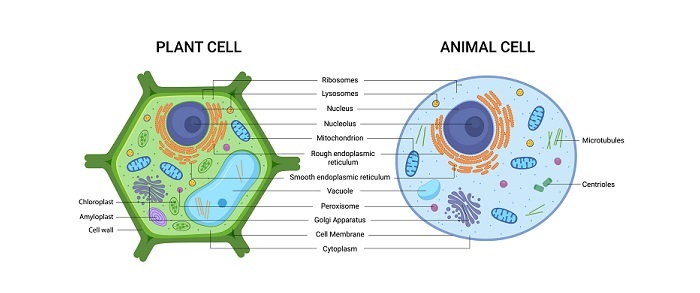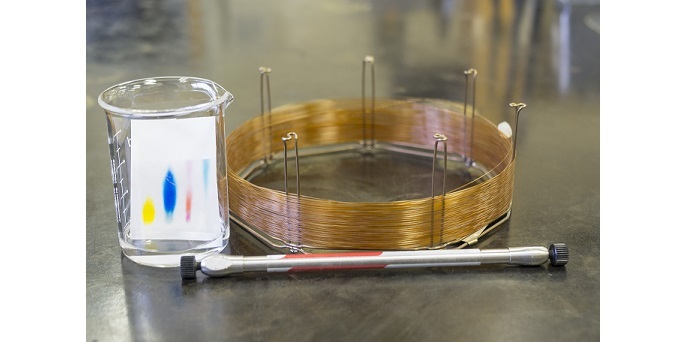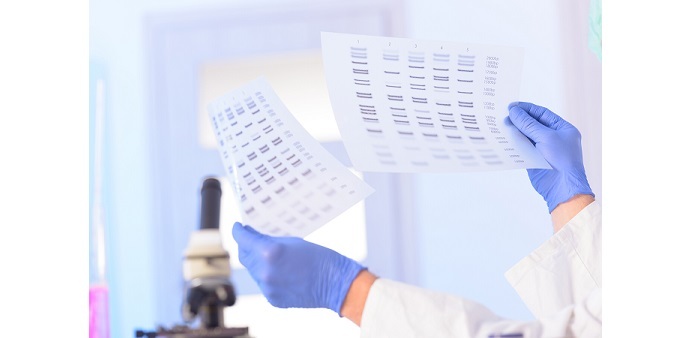
 Data Structure
Data Structure Networking
Networking RDBMS
RDBMS Operating System
Operating System Java
Java MS Excel
MS Excel iOS
iOS HTML
HTML CSS
CSS Android
Android Python
Python C Programming
C Programming C++
C++ C#
C# MongoDB
MongoDB MySQL
MySQL Javascript
Javascript PHP
PHP
- Selected Reading
- UPSC IAS Exams Notes
- Developer's Best Practices
- Questions and Answers
- Effective Resume Writing
- HR Interview Questions
- Computer Glossary
- Who is Who
Cellular Biotechnology: An Over View
Introduction
Only with development of the compound microscope during 17th-century in Europe, cells were first observed. After gazing at a piece of cork and noticing a cell-like structure, Robert Hooke coined the term "cells" (published in Micrographia) in 1665.
Nevertheless, the cells were dead and gave no hint to the true overall components of a cell. Just few years later, in 1674, during his investigation of algae, Anton Van Leeuwenhoek became the first to examine live cells. All of this came before the cell theory, which argues that cells are the basic building blocks of life and that they make up all living organisms.

Definition
Cell biology is often known as cellular biology or cytology, is a subfield of biology that focuses on understanding the composition, structure, and activity of individual cells. Cell biology is the study of the structural and functional components of cells. A cell is the fundamental unit of life that sustains and powers creatures.
Prokaryotic and Eukaryotic Cells
Prokaryotic and eukaryotic cells are divided into two categories that are fundamental. Because prokaryotic cells lack a cell nucleus or another membrane-bound organelle, they can be separated from eukaryotic cells. Prokaryotic cells are the tiniest form of life since they are significantly smaller than eukaryotic cells.
Bacteria and archaea are examples of prokaryotic organisms, which lack an enclosed cell nucleus. Animals, fungi, plants, and protists all have eukaryotic cells. Their DNA is housed in a membrane-bound nucleus, and their diameter ranges from 10 to 100 m. Organisms with eukaryotic cells are known as eukaryotes.

The Greek terms "eu" (which means truth) and "karyon," which means "nucleus," are the origin of the word "eukaryote." Eukaryotic cells are characterized as having membrane-bound organelles and a well-organized nucleus. Compared to a prokaryotic cell, they have a larger, more complicated structural organization that is more advanced. They do, however, have some things in common, like the cytoplasm.
The earliest single-celled microbes on Planet are prokaryotic cells. Bacteria and archaea are prokaryotes. Cyanobacteria are among the prokaryotes that carry out photosynthesis. Since a prokaryotic cell only has one membrane, all processes take place in the cytoplasm. They may be parasites or free-living beings.
Cellular Techniques - A Few of Them
Immunofluorescence Microscopy
The method of localizing an antigen to a particular place of the cell of a specific antibody for a particular protein to be investigated is known as immunofluorescence microscopy. Another somewhat modified technique, immunofluorescence, is used to examine cells using fluorescence microscopy in order to determine where the antigen is distributed throughout the cells.

Ion-Exchange Chromatography
By using this technique, molecules are divided according to how charged they are. Ionisable groups are present in many biological macromolecules, including proteins and amino acids. They could be negatively or positively charged. These chemicals' ability to conduct electricity depends on the pH of the solution.
Partition and Adsorption Chromatography
Several compounds are often separated by shaking them in two immiscible liquid phases in a separating funnel. A substance will separate into two phases when it is agitated in the solvent. According to its partition coefficient, a substance will also move if one phase is permitted to do so.
Gel Filtration Chromatography
This kind of chromatographic separation uses the porosity of the gel materials to separate molecules based on their size and shape. Chromatography by exclusion or permeation is other name for this technique.
Hybridoma Technology
A popular technique for creating monoclonal antibodies is hybridoma technology. After immunising mice with a particular antigen, antibody-producing B lymphocytes are extracted from the animals and united with immortal myeloma cell lines to create hybrid cells, also known as hybridoma cell lines. In a lab, these hybridoma cells are grown to make monoclonal antibodies that are directed against a particular antigen.
Either an in vivo procedure or an in vitro method can do this. Monoclonal antibody production is favoured over all other procedures because the resulting antibodies have a high level of purity and are extremely sensitive and specific.
Southwestern Blotting
Southwestern blotting is a method for examining how DNA and protein interact. It combines elements of southern blotting and western blotting techniques, allowing for the simultaneous detection of DNA and protein. A Southwestern blot will differ in the steps of the procedure after the separation of proteins and subsequent transfer to nitrocellulose membranes, which is comparable to other types of blotting.

Expression System
Many opportunities for the generation and isolation of heterologous proteins for research purposes have been made possible by the development of genetic engineering and cloning. Large-scale recombinant protein expression and isolation are now possible because to significant technological advancements.
Yet, a significant amount of protein is needed for large-scale applications such the manufacture of enzymes, antibodies, or vaccines. In these circumstances, the protein expression system must be simple to cultivate and maintain, grow quickly, and create significant amounts of protein.
Moreover, a number of post-translational modifications are also applied to mammalian proteins. The development of protein expression systems was prompted by these requirements. Bacteria, yeast, insect, or mammalian systems are some of the different protein expression systems.
Conclusion
Cell biology research examines various techniques for cultivating and modifying cells outside of a living body to advance study of human anatomy and physiology and to create new drugs. The methods used to study cells have advanced. Scientists now have a greater grasp of the structure and function of cells because to developments in microscopy, methods, and technology.

